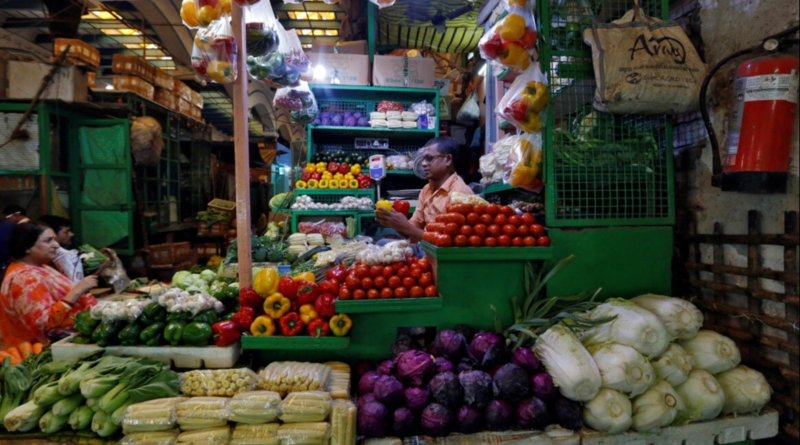Explained: How rising vegetable prices can upset economic growth
By India Today Business Desk: The recent surge in vegetable prices, particularly tomatoes, has sent shockwaves across India, as citizens grapple with soaring costs and severe distress.
With prices of some staple vegetables reaching unprecedented levels in many parts of the country, the situation demands a closer look at its potential impact on the economy.
Red hot tomatoes
Tomatoes have been in the limelight after their price increased suddenly over the past few days. So much so, that multiple instances of tomato theft have been reported from different parts of the country and some traders are now installing CCTV cameras as a precaution.
And they have every reason to take precautionary measures, considering the daily surge in tomato prices. A recent ANI report suggests that tomatoes are retailing at Rs 250 per kilogram in some parts of Uttarakhand.
Even in major cities like Delhi, Kolkata and Mumbai, prices have crossed the Rs 150 per kilogram mark, further exacerbating the burden on consumers. Among major cities, Mumbai has witnessed the highest price for a kg of tomatoes, retailing at Rs 160.
Reports suggest that the upward trend in tomato prices is expected to continue until mid-August before gradually subsiding. This is because the Kharif crops are expected to arrive at that time.
Not just tomatoes
Not limited to tomatoes alone, the price surge extends to several other vegetables as well. Cauliflower, coriander, brinjal, chillies, and ginger have all witnessed sharp increases in prices over the past month.
Ginger, for instance, has seen a drastic spike, with prices ranging from Rs 250-350 per kilogram. Brinjal prices have surged from Rs 40 to Rs 100 per kilogram, while green chillies have reached an astronomical rate of Rs 170 per kilogram in Delhi and even higher in states like Assam.
Also Read | Vegetable prices skyrocket in Jharkhand after rain damages crops
Traders and farmers attribute this extreme price hike to a combination of factors. The intense heatwave followed by intermittent rainfall in recent days has disrupted the vegetable supply chain. This erratic supply has created shortages in the market, subsequently leading to a sharp surge in prices.
Inflation set to rise
It is worth noting that record-low vegetable prices played a significant role in the notable decline in inflation over the past few months.
The Consumer Price Index (CPI)-based inflation reached a 25-month low of 4.25 percent in May.
However, the current unprecedented rise in vegetable prices across India is expected to contribute to a substantial increase in retail inflation for June.
Impact on economy
The Reserve Bank of India had previously expressed concerns about inflation due to erratic weather conditions and the impact of El Niño. The sudden surge in vegetable prices is likely to further intensify inflationary pressures, potentially delaying the possibility of interest rate reductions in the near future.
As consumers continue to grapple with the burden of rising vegetable prices, it becomes crucial to closely monitor the impact on the broader economy. While several global rating agencies have backed India to be the ‘fastest-growing’ economy this year, a prolonged spell of inflation could dent overall GDP growth.
Also Read | Inflation has moderated, but no room for complacency: RBI chief Shaktikanta Das
Higher inflation could lead to reduced purchasing power, affecting consumer spending patterns and overall economic growth.




